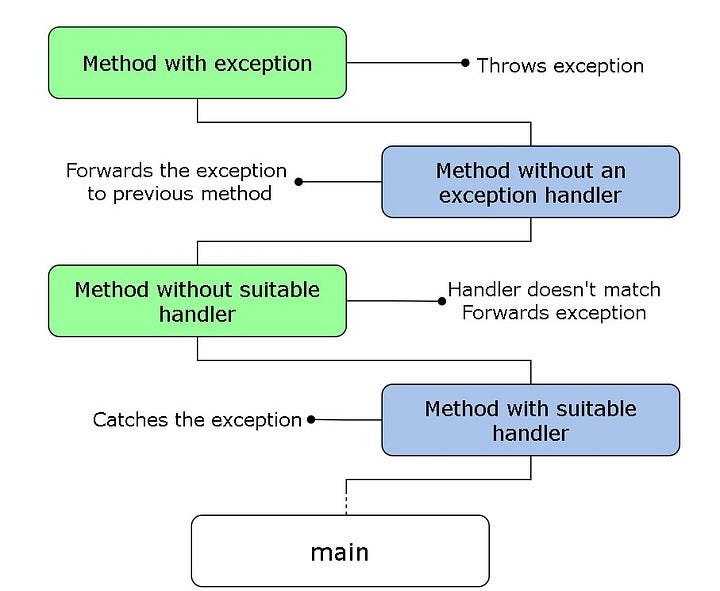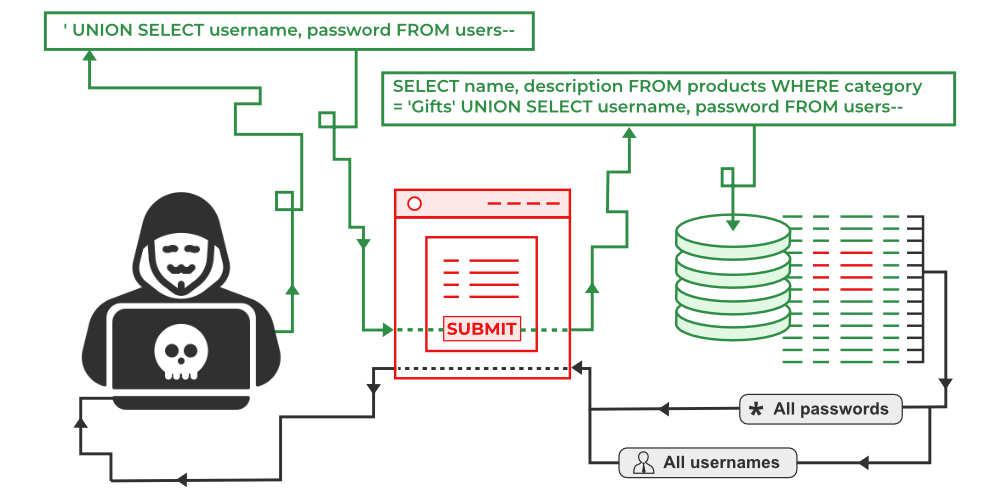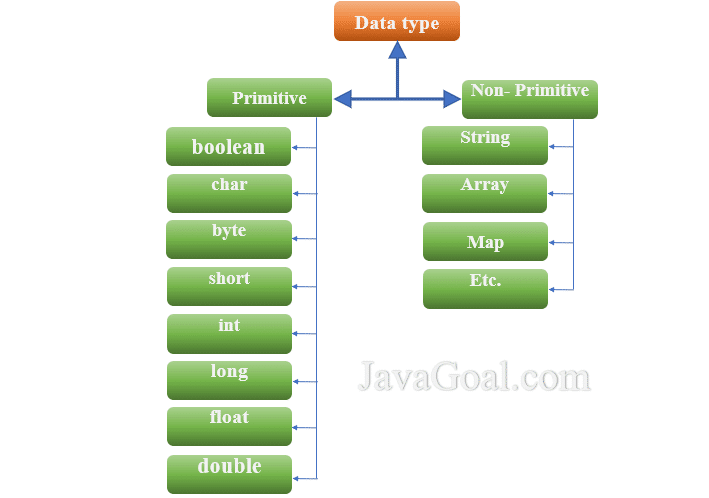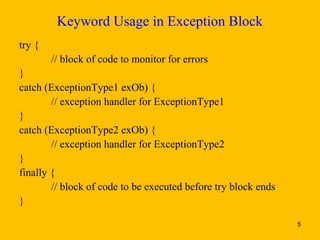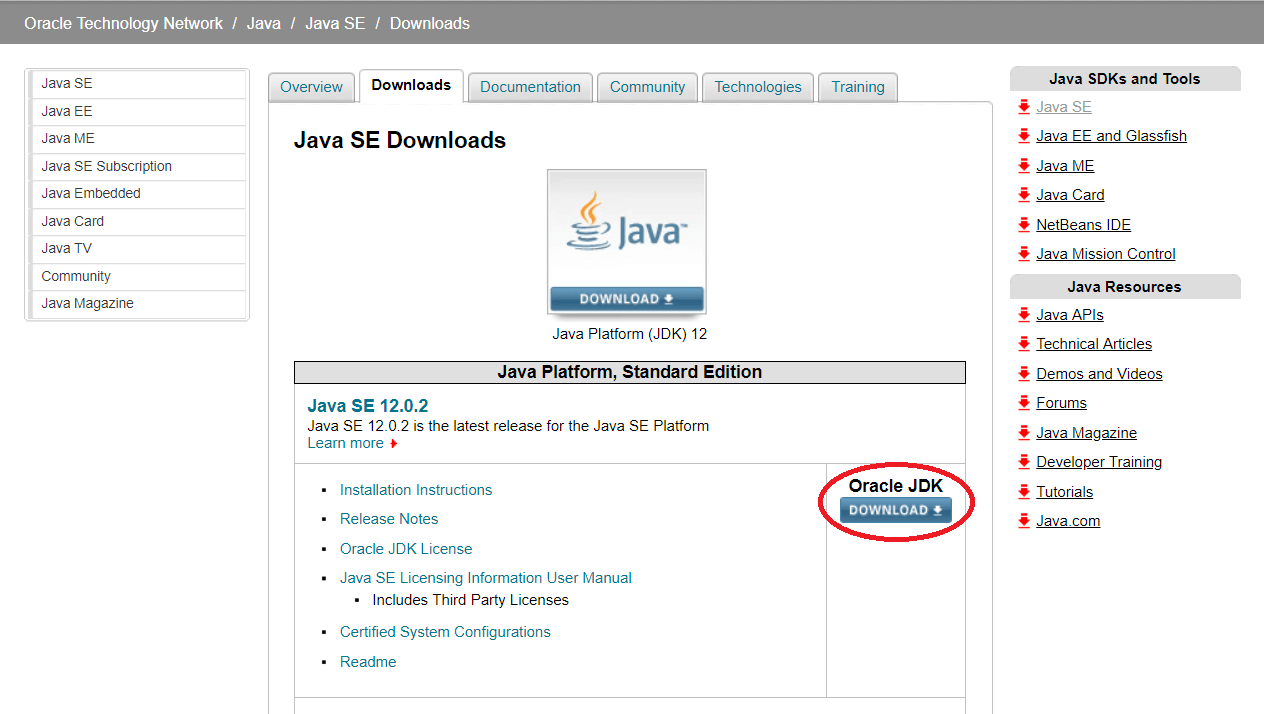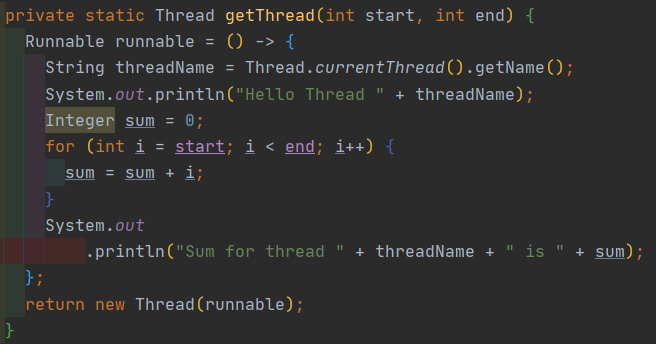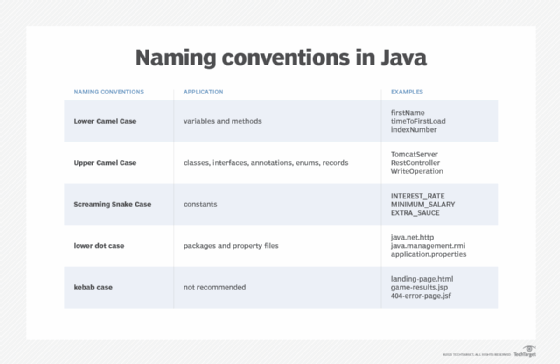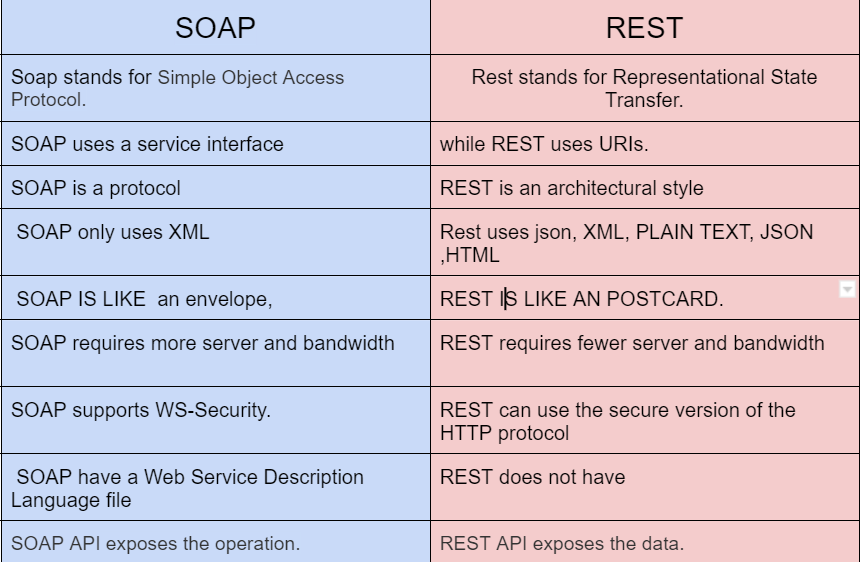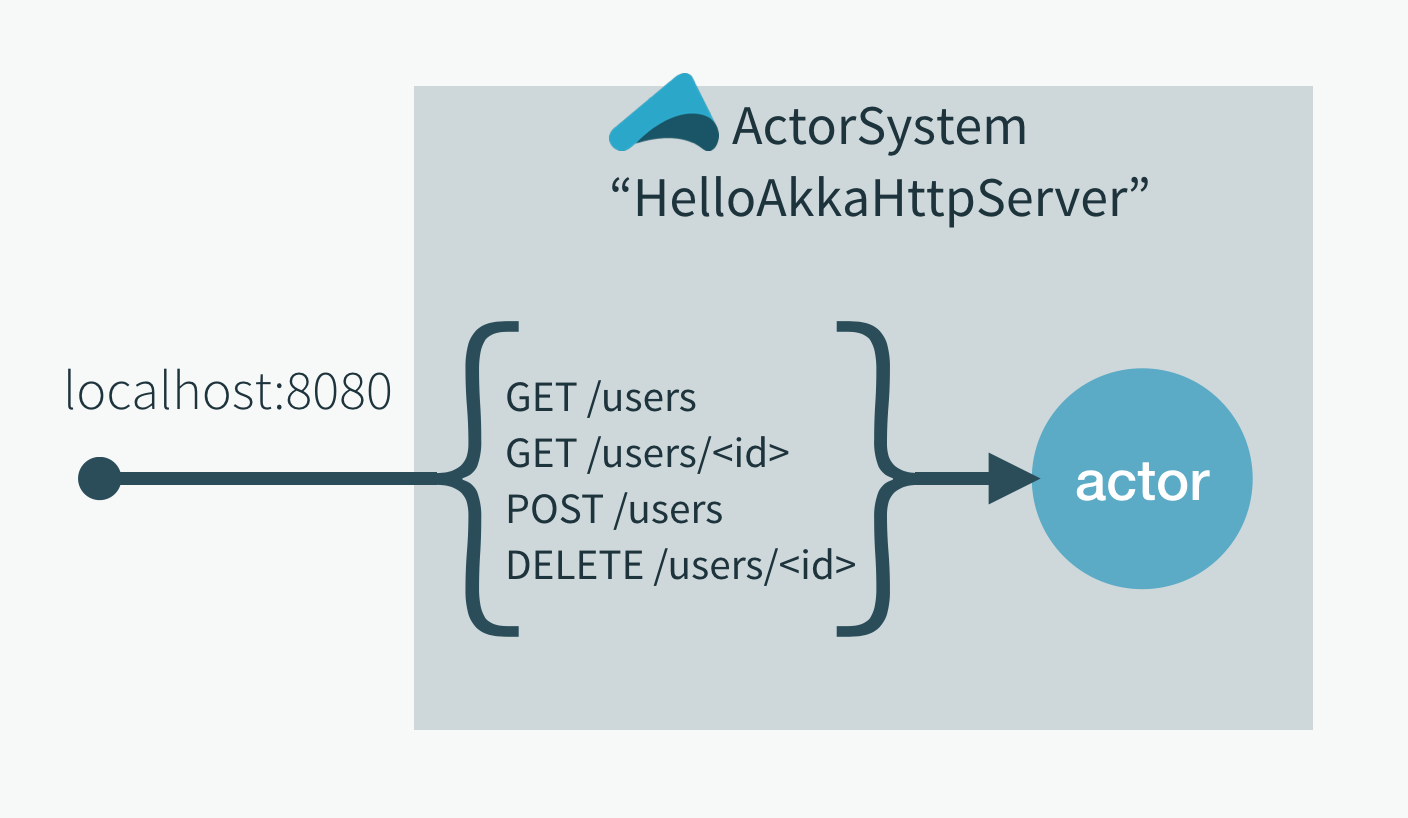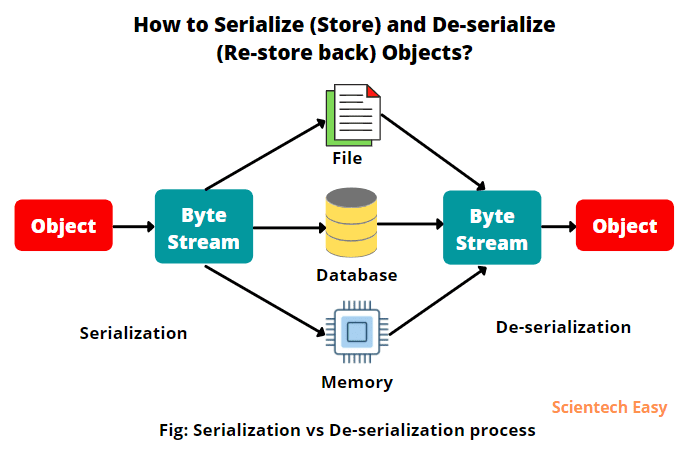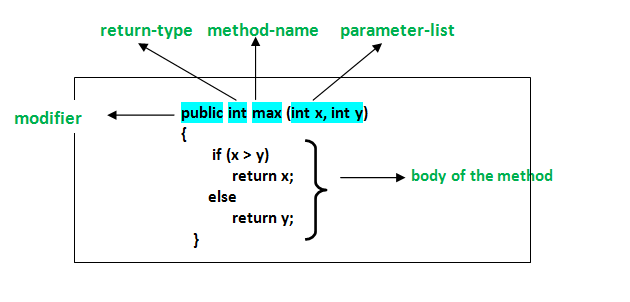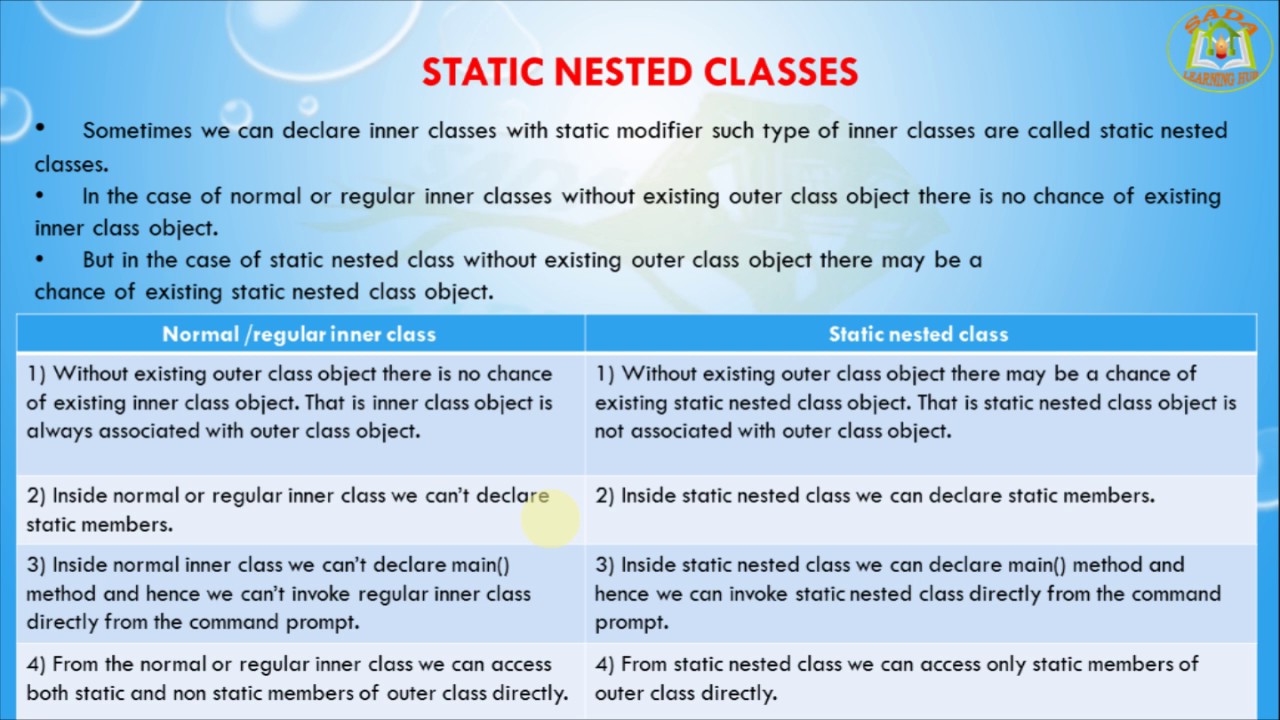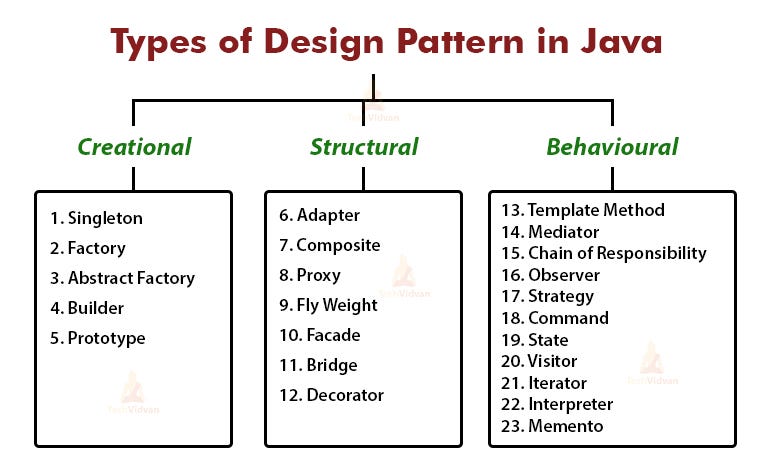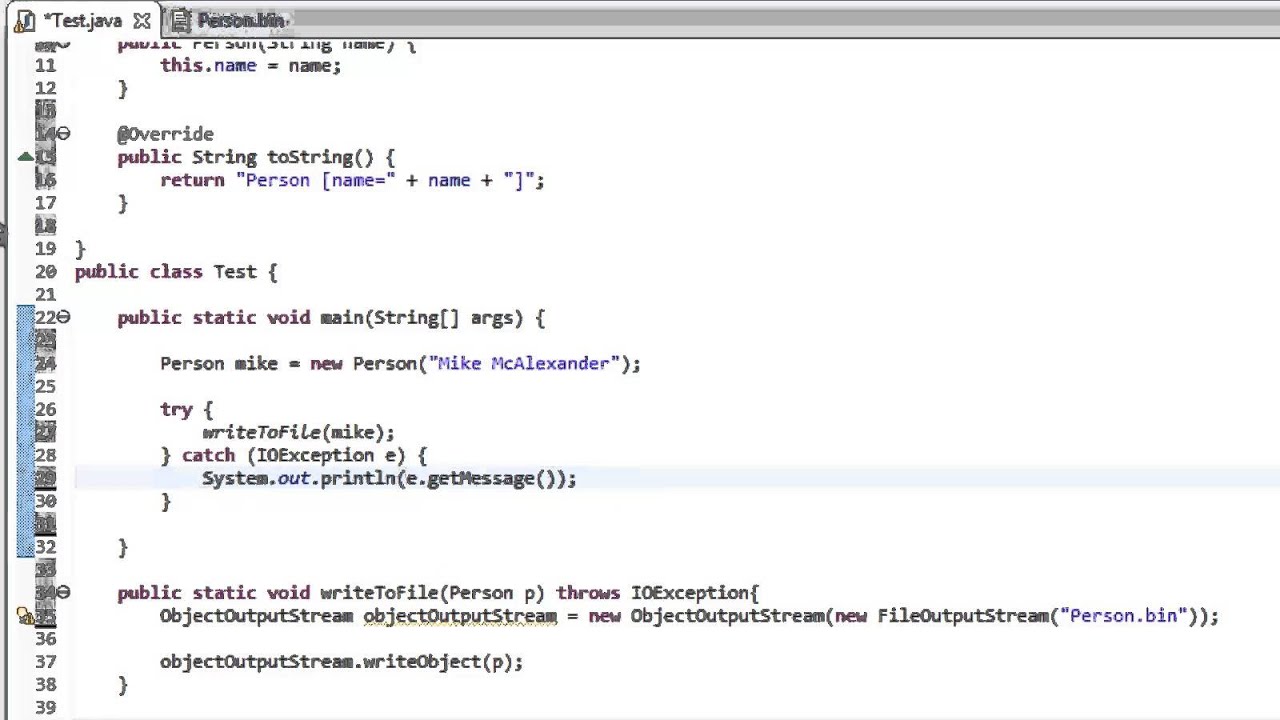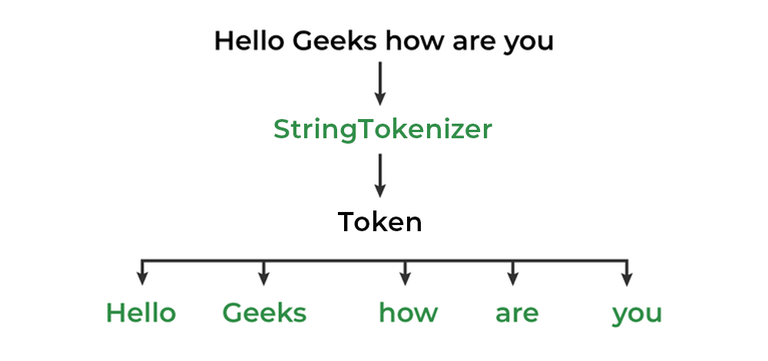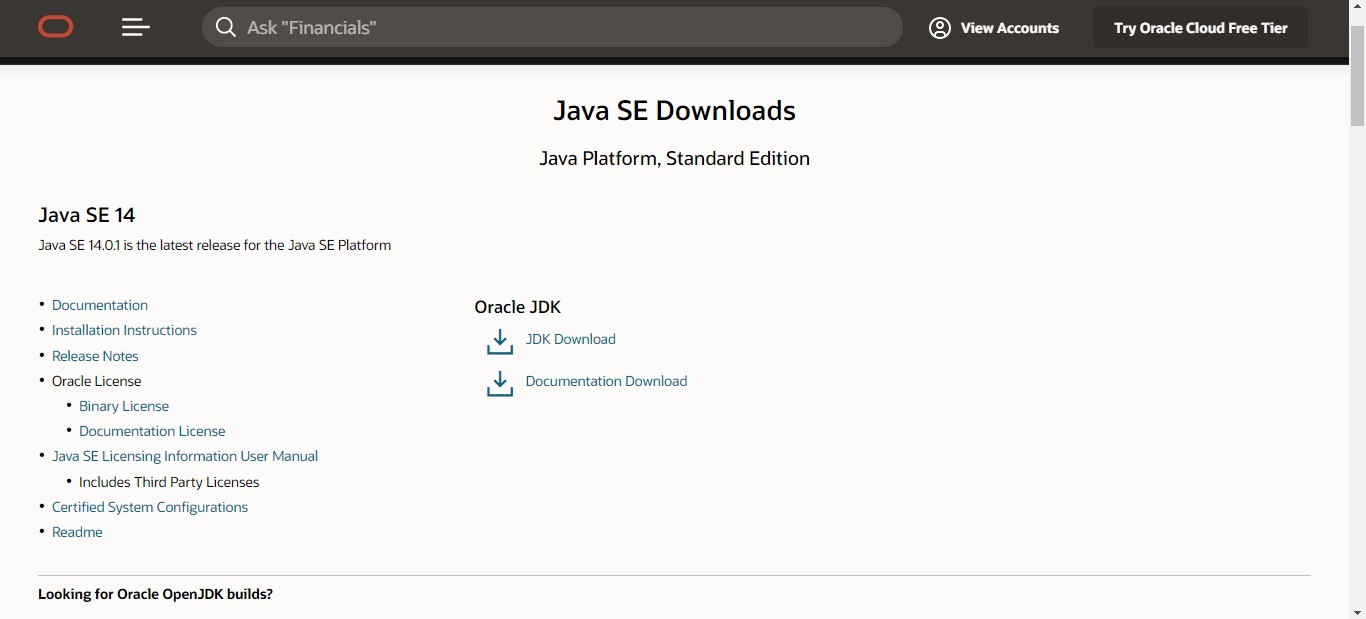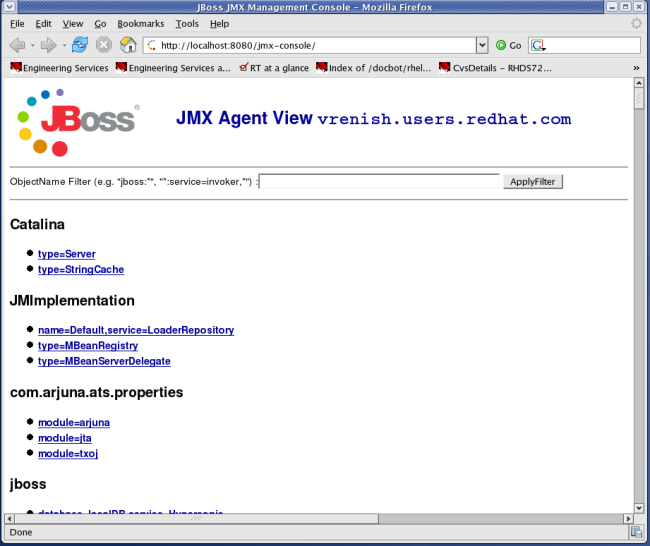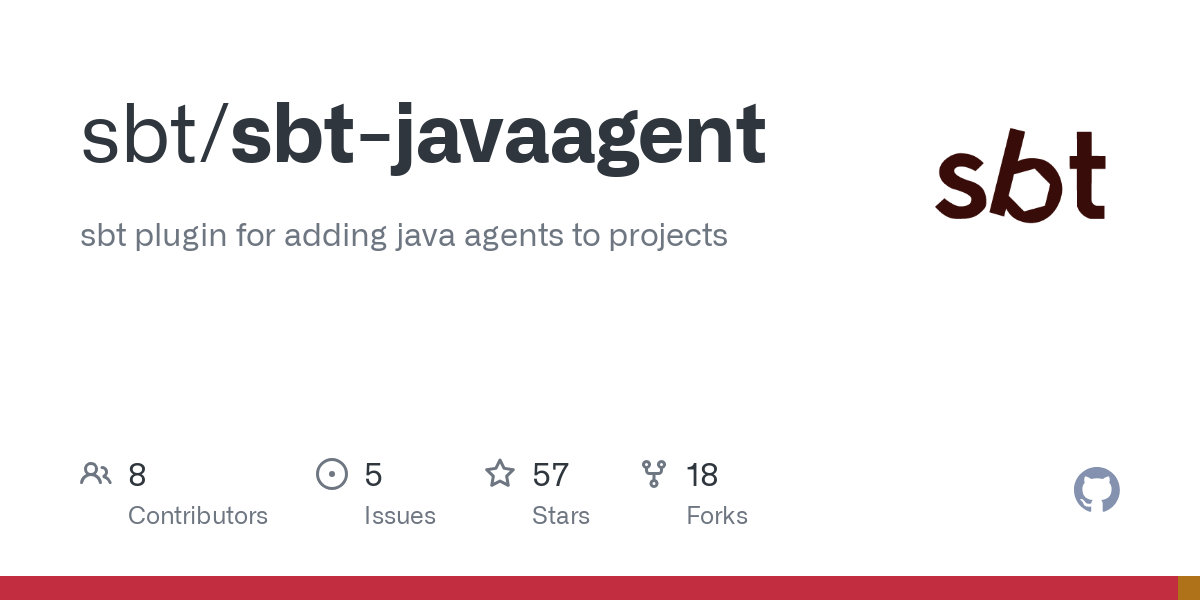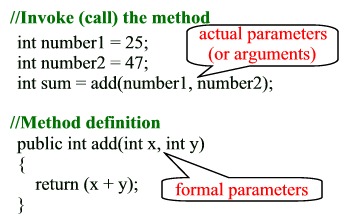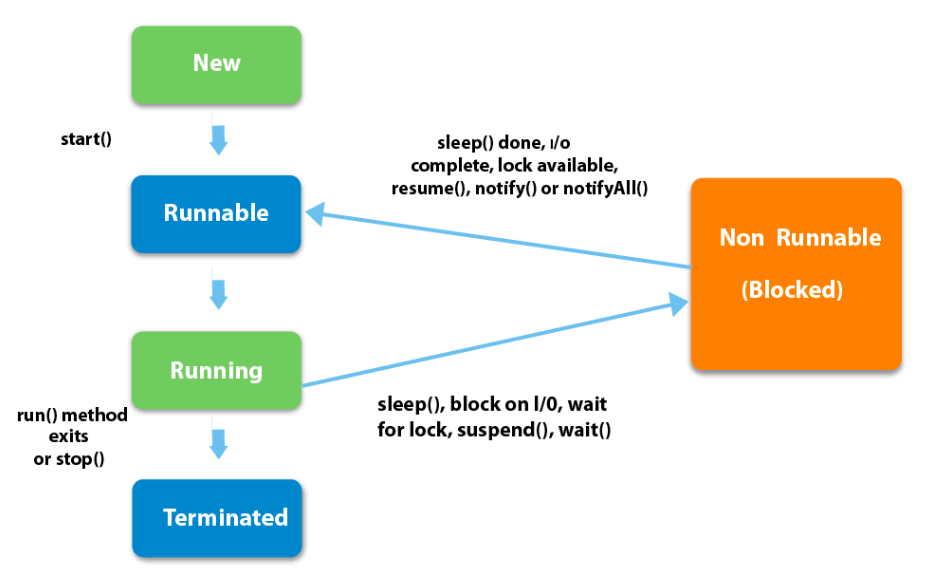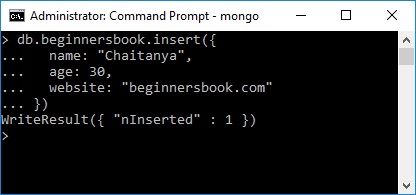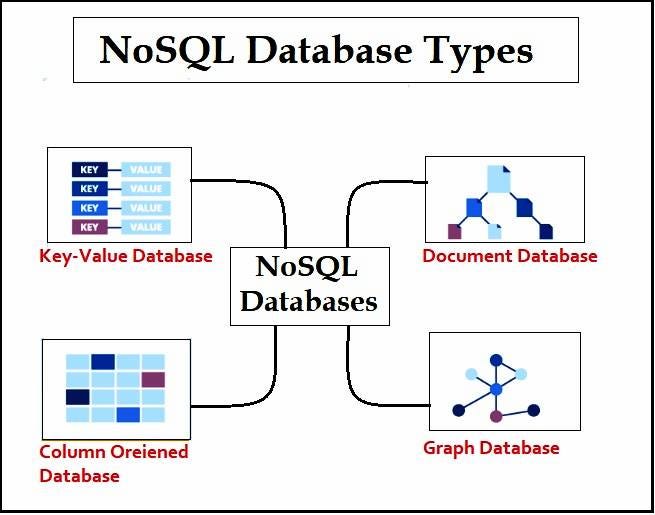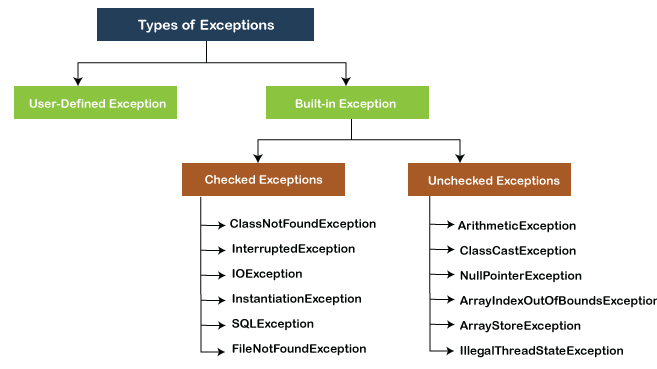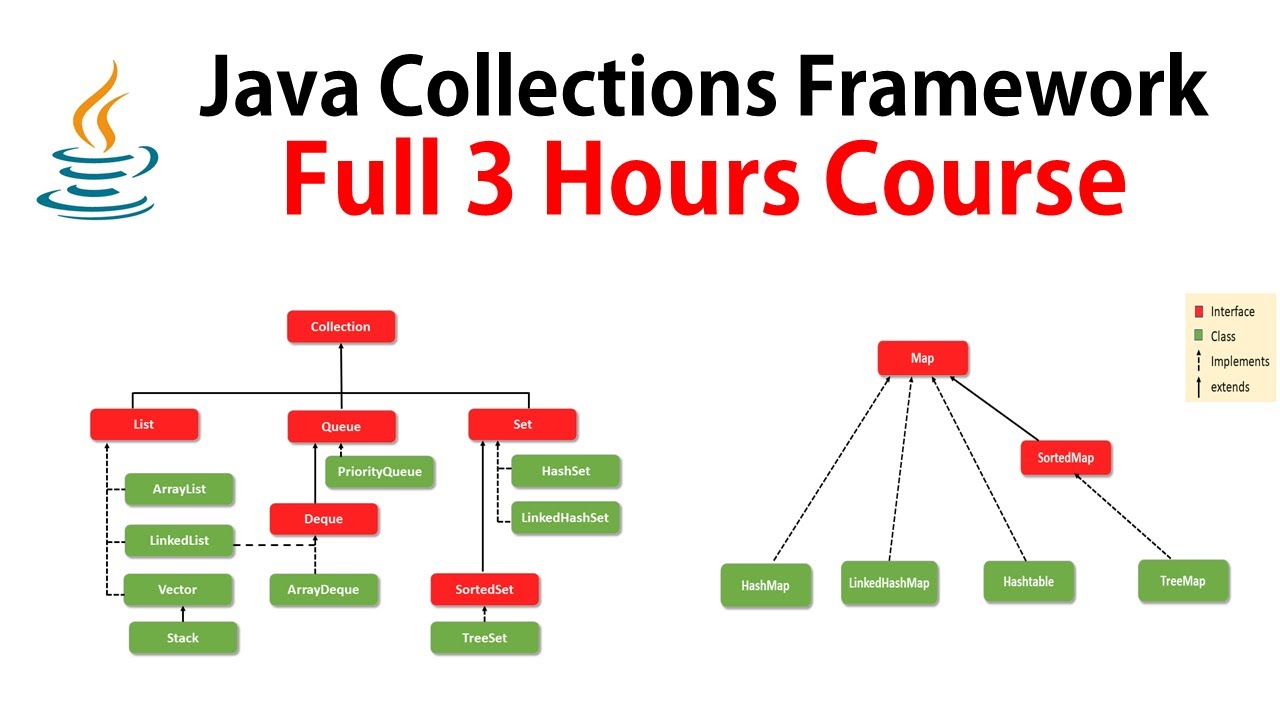What is stream pipeline in Java 8?
What is stream pipeline in Java 8?

Stream Pipeline in Java 8 refers to a series of operations that process data in a sequential manner, typically transforming and filtering the input data into a desired output. This concept revolutionized the way we work with data in Java by providing a concise and expressive way to perform complex data processing tasks.
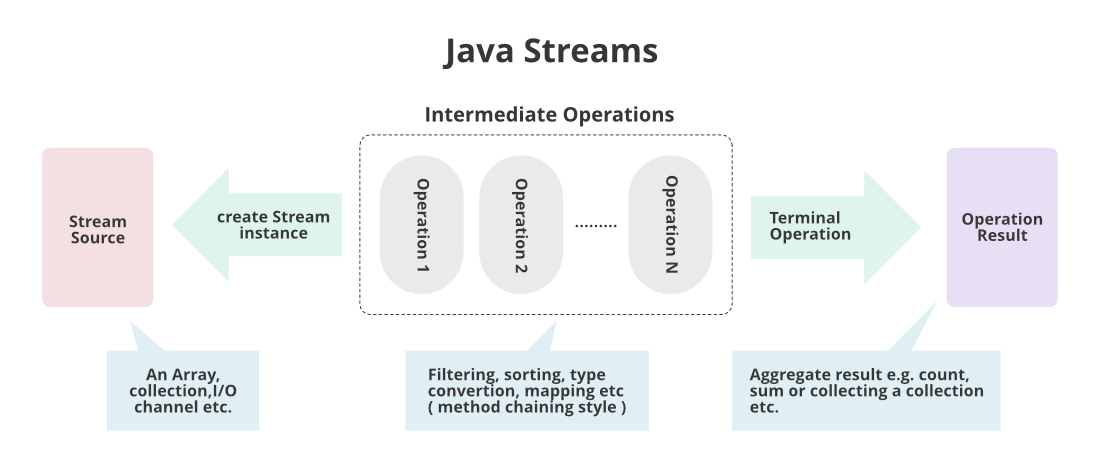
A stream pipeline consists of several key elements:
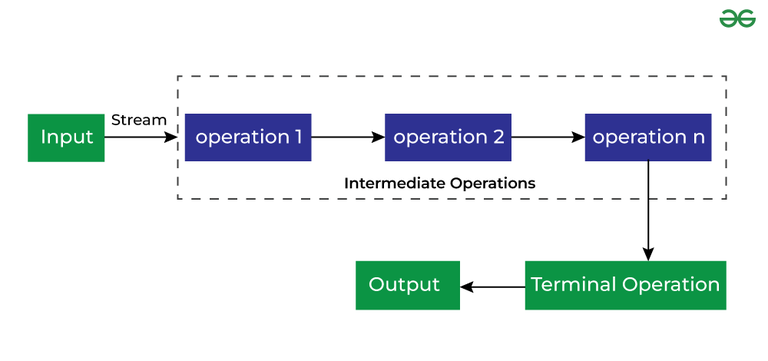
filter()), mapping (e.g., map()), and reducing (e.g., reduce()). Intermediate operations process the data in the pipeline without storing it all in memory, making them efficient for large datasets. Terminal Operations: The final step in the pipeline, which produces a concrete result, such as a collection or a specific value.
By chaining together these intermediate and terminal operations, you can create a complex stream pipeline that processes data in a concise and readable way. Here's an example:
List words = Arrays.asList("hello", "world", "Java8");
Stream stream = words.stream()
.map(String::toUpperCase)
.filter(word -> word.length() > 5)
.sorted();
In this pipeline:
The source is thewords list. map() transforms each string to uppercase. filter() removes strings with a length of 5 or less. sorted() sorts the remaining strings alphabetically.
The terminal operation (stream.collect(Collectors.toList())) would produce a new list containing the processed data.
Stream pipelines offer several benefits, including:
Concise code: Stream pipelines can simplify complex data processing tasks by providing a declarative way to describe the desired output. Improved performance: Many intermediate operations are lazy, meaning they only process elements as needed, reducing memory usage and improving performance for large datasets. Flexibility: Stream pipelines allow you to create complex data processing workflows that can be easily composed and reused.When designing a stream pipeline, it's essential to consider the following best practices:
Use intermediate operations judiciously: Only use intermediate operations that are necessary to transform the input data. Avoid applying unnecessary operations, as they can consume more resources. Optimize performance: Consider using parallel streams or optimizing intermediate operations for better performance. Debug and test thoroughly: Stream pipelines can be complex, so it's crucial to debug and test them carefully to ensure the desired output.By mastering stream pipelines in Java 8, you'll gain a powerful toolset for processing data efficiently and concisely, allowing you to focus on solving more complex problems.
What is stream API in Java interview questions?
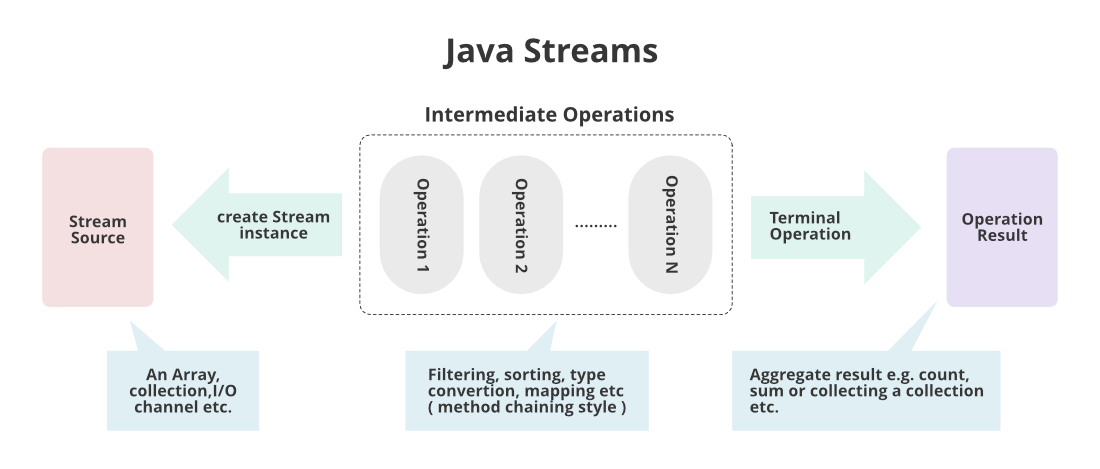
The Stream API! It's a crucial concept in Java programming that has gained significant attention in recent years. During a Java interview, you can expect to encounter a range of questions related to the Stream API, which is designed to work seamlessly with lambda expressions and functional interfaces.
So, what is the Stream API?
The Stream API was introduced in Java 8 as part of the Java Standard Library (JDK). It provides a way to process data efficiently using a pipeline-based approach. Essentially, it allows you to perform operations on a sequence of elements, such as filtering, mapping, and aggregating, without having to write explicit loops.
The Stream API is built around three fundamental concepts:
Streams: These are sequences of elements that can be processed in a pipeline. Intermediate Operations: These are methods that take a stream as input and produce another stream with the result of applying an operation (e.g., filtering, mapping). Terminal Operations: These are methods that consume the entire stream and return a concrete value or perform some side effect.Here are some common Stream API interview questions:
Can you explain the difference betweencollect(Collectors.toList()) and collect(Collectors.toMap())? This question assesses your understanding of the various collection collectors provided by the Stream API. How would you use the Stream API to find the maximum value in a list of integers? This question evaluates your ability to apply intermediate operations, such as filtering and mapping, to achieve a specific result. Can you demonstrate how to use mapToObj to transform a stream of strings into a stream of custom objects? This question tests your knowledge of converting streams from one type to another using the mapToObj method. How would you implement a simple sorting algorithm using the Stream API? This question examines your ability to apply intermediate operations, such as mapping and sorting, to achieve a specific result. Can you explain how the Stream API handles null values when performing operations like filtering or mapping? This question assesses your understanding of how the Stream API handles null values and provides default values for certain operations.
Some best practices to keep in mind:
Readability: Use meaningful variable names, method names, and comments to make your code readable. Type Safety: Ensure that you're working with the correct type of data when using the Stream API. Error Handling: Be prepared to handle potential errors or exceptions that might occur during stream processing.In conclusion, mastering the Stream API is crucial for any Java developer looking to write efficient and scalable code. Being able to explain these concepts and demonstrate how they're applied in different scenarios will undoubtedly make you a more sought-after candidate in the world of Java programming interviews!
